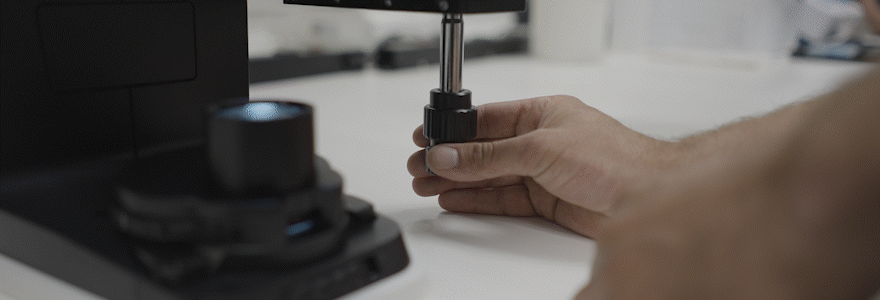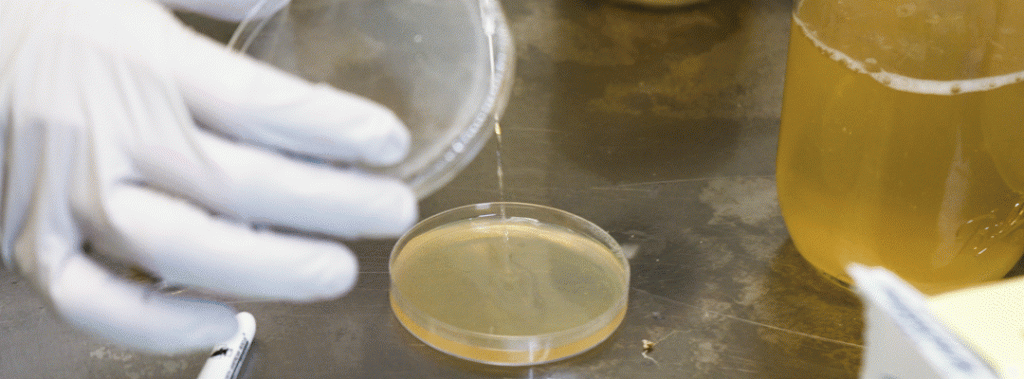Whether you’re an expert mycologist or a casual reader, one question that frequently comes up when discussing spores is, “How long do they last?” As with most things in science, the answer is, “It depends.” But fear not, for we’ve got the lowdown on how to store your spores and keep them fresh for as long as possible. For more information on cultivation techniques check out https://thethirdwave.co/sp/mushroom-grow-kit/
To keep your spores viable, store them in a cool, dry place with low humidity. Storing them at a temperature between 40 and 60 degrees Fahrenheit is ideal. Exposure to heat, sunlight, or moisture will reduce the effectiveness of the spores over time. Therefore, it’s best to avoid areas with a lot of moisture and direct sunlight. One effective way to store spores is to use a sealed glass jar with a tight-fitting lid. The airtight seal of the jar will protect your spores from moisture and contamination. Additionally, you may want to consider adding a desiccant or silica gel packet to absorb excess moisture. Silica gel packets are readily available online or at most craft stores and come in various sizes. These packets work by absorbing moisture from the air, thus keeping your spores dry. No matter how you choose to store your spores, it’s important to label the container with the type of spores and the date of acquisition. This will help you keep track, especially if you have multiple jars of spores.

Now, onto the question of how long spores last. As mentioned earlier, it really depends on a few factors. The type of spores you’re dealing with, how they’re stored, and how frequently they’re opened and exposed to air all play a role. That being said, most spores can be stored for several months to a few years without losing viability. Some spores, such as those from certain species of mushrooms, are more fragile and may only last a few weeks to a couple of months.
If you’re looking for a more detailed breakdown of spore viability, the International Mycological Association has published a chart with estimated shelf lives for various types of spores. For example, spores from the fungus Neurospora crassa are estimated to last for up to 40 years, while spores from the slime mold Physarum polycephalum are only expected to last for a few months.
So, what can you do to extend the life of your spores? In addition to proper storage, one strategy is to make “master slants” or “master plates” from your original spore sample. These are essentially clones of the original spores grown on a solid agar medium. By creating a master plate, you can ensure that you always have a fresh supply of viable spores available. You can also use these plates to make additional subcultures or extract DNA for further analysis.

Another trick some mycologists use is to rejuvenate old spore samples by exposing them to fresh nutrients or other growth factors. This can sometimes stimulate the spores to start growing again. It’s not a foolproof method, but it’s worth a try if you’re working with older spore samples that may have lost some viability.
So there you have it, the fun and easy guide to storing spores and keeping them fresh for as long as possible. While there’s no one-size-fits-all answer to how long spores last, following these tips can help extend their shelf-life and ensure that you always have a fresh supply on hand. Happy mycology-ing!
Leave a Reply